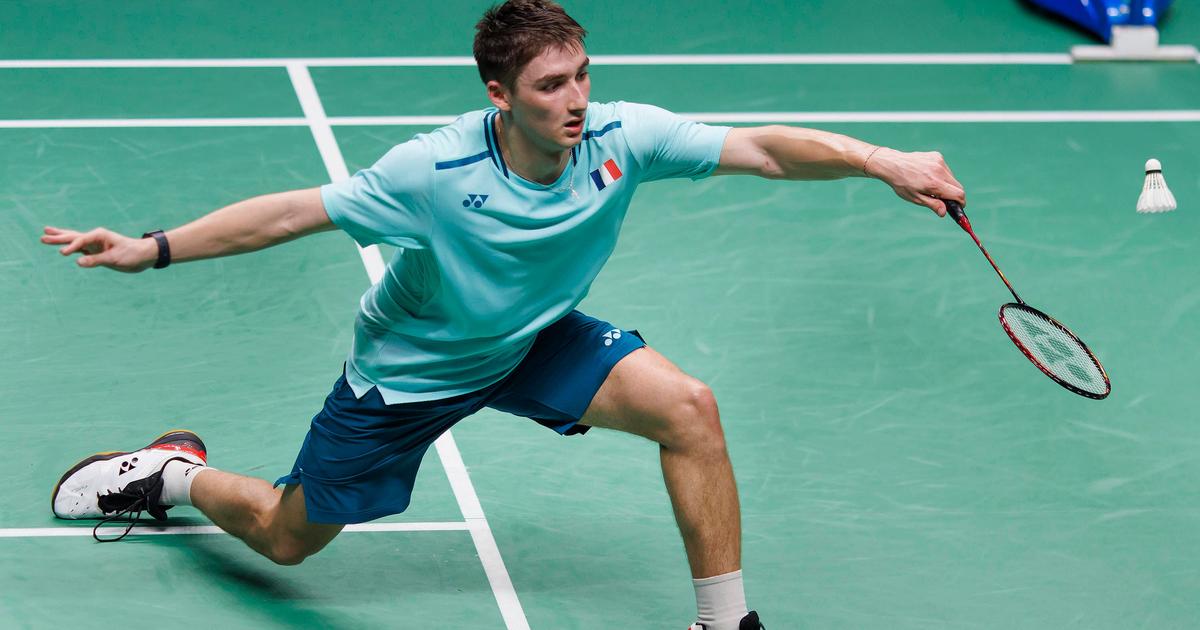He didn't like the term packaging artist, at least he did miracles. The wind of freedom blew his works. An obituary for Christo.
Now they are reunited after eleven years: Jeanne-Claude and Christo. World artist Christo Javacheff, who was born in Bulgaria on June 13, 1935 and has lived in New York since 1964, died on Pentecost Sunday. "Jeanne-Claude and Christo" - that was one breath, and they were always mentioned in one breath: this symbiotic team that made the impossible possible. For them, the motto was always: "There is no such thing as impossible." And that without an arrogant, successful person.
When Jeanne died in 2009, it was feared that Christo would lose his energy. The engine, however, continued to run, to continue - until now. Now the two will probably annoy Peter and the angels to cover clouds and design heaven installations. There is a little comfort on earth. The covering of the Parisian Arc de Triomphe, which had to be postponed due to the corona, is to be carried out next fall, according to Christo's office.
Christo is usually called a "packaging artist", which he didn't like. "Veil" was the word he valued. And he knew how important the right words and gestures are. After all, he had to convince people for his self-financed mega-projects, whether landowners or politicians, whether administrative or security officials, whether art collectors or environmentalists. It was very, very rarely easy, which is why many a concept was left behind for decades or fell flat.
The utility thinking left behind
The wonder is that so much of all the impossible has been accomplished. This was also due to Christo's second art, that of communicating with different people. The craftswoman understood exactly what the artist wanted from her, the policeman who had to guide and protect the masses of visitors, and the social lion who was supposed to exert his influence. It all seemed strange to them, especially an art that doesn't bring in money, that isn't even meant to last - but they did. They enjoyed the wind of freedom that blows when we leave utility thinking behind.
Perhaps they also felt that this veiling is deeply rooted in us. In the Holy Week before Easter, the crucifix was covered, a body was covered, the head was covered in grief and pain, the head of the man to be executed was covered. Christo doesn't cover people. He covered and tied objects from the late 1950s and early 1960s (!) - so he was at the forefront of the avant-garde. Later he and Jeanne-Claude covered buildings and land / water brands. And they reevaluated covering, not being allowed to see and not being allowed to see: in joy, surprise, curiosity, and often a festival atmosphere. Christos and Jeanne-Claude's hide-and-seek game is cheerful, celebrates and unabashedly enjoys beauty; above all it makes you see.
The German Reichstag in Berlin benefited most from this interplay. The chunky building was extremely charged with historical and ideological symbolism even before reunification. After the reunification, this dark part was to become the heart of the new capital of united Germany and a particularly peaceful and free democracy. Architect Norman Foster was plowing his liberation plans. He succeeded Jeanne-Claude and Christo in 1995.
People who, like current Bundestag President Wolfgang Schäuble (CDU), had deep doubts about the project, have long been grateful to the couple and their art (see right). The shimmering silver covering tore the building out of its crouched melancholy and unapproachability. It was allowed to be a work of art - and one that was not noble, but cheerful, that made you smile, that attracted people from all walks of life. Funfair was just as permitted as the silent, submerged adoration of beauty. The blissful mood in the crowd for two weeks in 1995 will hopefully shape the Reichstag, Berlin and Germany forever.
Few works were as political as the Reichstag project
Few of Jeanne-Claude's and Christo's works are so openly political. They often become so through the reactions of the government and administrations. In 2017, the artist buried the “Over the River” project in the state of Colorado because of Donald Trump's behavior, which would have put the Arkansas River in the limelight. Another concept by Jeanne-Claude and him was realized by Christo in 2016 on Lake Iseo (near Lake Garda), the "floating piers".
His team, which is largely led by his nephew, and he sometimes accentuated the dramatic sea-mountain landscape not with veils, but with dark yellow shining jetties and beach borders. The latter reminded of the pink “Surrounded Islands” of Miami in the early eighties. The decisive factor in Italy, however, was the dream of walking on water. This Land Art work also triggered a popular festival pull: delightful and dangerous. A ravishing documentary has made a monument to the project, Christo and his team. Now that he's dead, his fans need that twice as a comforting reminder. For the others, the “Christo in Action” experience is a must.
The film also makes it clear: Christo is popular but never pandering. Not in dealing, not in his art. Sure, his drawings of the concepts are rock solid craftsmanship. This, by the way, ensured his livelihood when he had escaped from communist Bulgaria and struggled with portraits in Paris from 1958. Through that he also got to know the higher daughter Jeanne-Claude. However, the wind of freedom only carried the two through veils and bold interventions: on the first try, the young lady had to distract the Paris police. In 1961, in response to the construction of the Berlin Wall, Christo blocked a street in the Seine city with a wall made of oil drums (a “material” that he recently used more and more). He had to be rewarded after the fall of the wall.
Exhibition:
"Christo and Jean-Claude" in the Berlin Palais Populaire, Unter den Linden 5; to August 17th, Wed.-Mon. 11 a.m. to 6 p.m., Thurs. to 9 p.m. Free entry.















